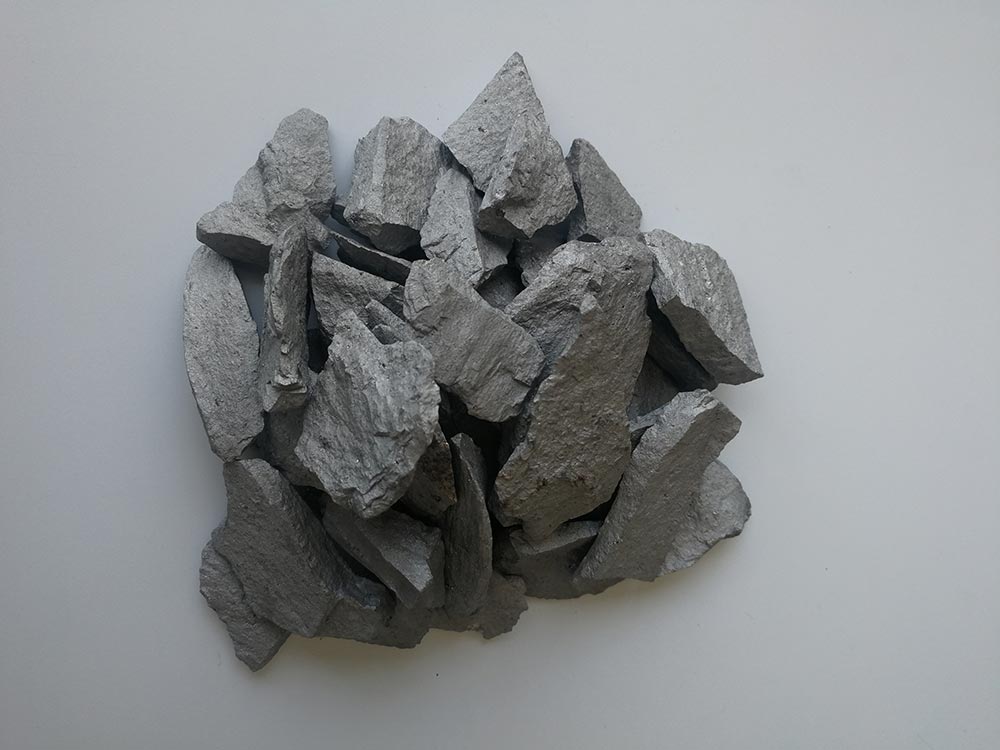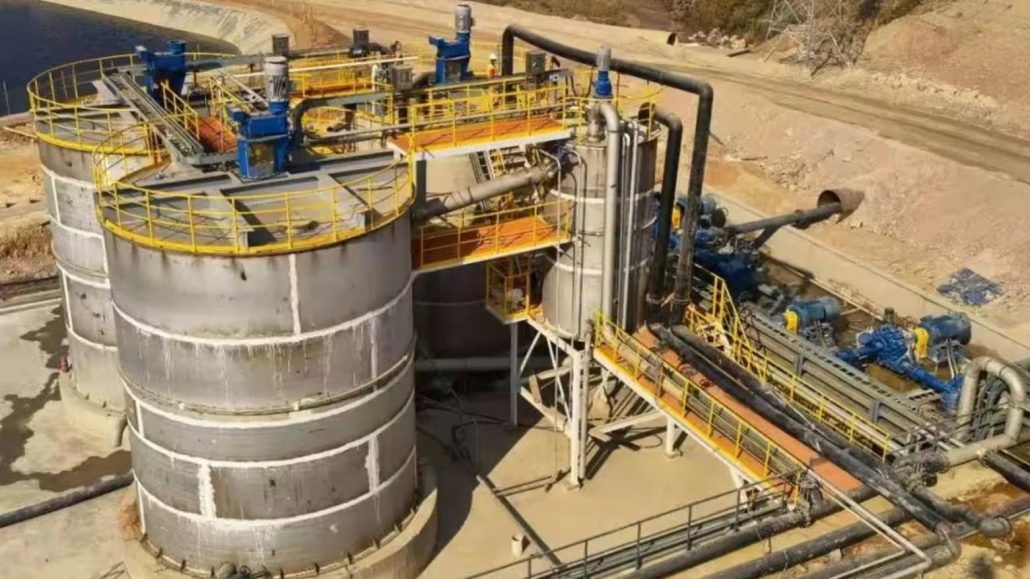
After experiencing a significant surge in the first half of the year, European ferro-tungsten prices have begun to decline due to the typical summer demand slowdown. The earlier surge was driven by concerns over global concentrate shortages and increased demand for Asian-sourced alternative materials.
Summer Slowdown
The price easing began in late June, mirroring trends in the Asian market, where lower feedstock costs and weak demand from steel mills have led to a decline. Market participants noted sufficient material availability, with many sellers holding onto stocks in anticipation of a price rebound after summer. However, the outlook now points to a gradual price easing for the remainder of the year, as shareholders may need to offload inventories at lower prices amid stagnant end-user demand following the spring surge.
Despite the downward trend, prices remain historically high, averaging $42.50/kg in July, marking the highest monthly level in a decade.
In the first half of this year, European ferro-tungsten prices rose by 15.6%, influenced by rising prices and supply constraints in China. Prices from January to June were up 4.5% year-over-year, averaging $40.18/kg. The sudden spike to $42/kg in April was fueled by concerns over reduced Chinese exports due to domestic supply shortages, prompting market participants to quickly secure materials, with prices peaking at $44.75/kg by late May.
China’s Role
As the world’s largest supplier of ferro-tungsten, China saw its exports more than double year-over-year in the first three months of 2023, boosted by strong domestic demand amid supply shortages. China’s 75% ferro-tungsten prices peaked in May at 239,000-241,000 yuan/tonne ($32,982-33,258/t), surpassing the previous record set in June 2011. The high concentrate costs led steel companies to preserve inventories, with restocking efforts limited by stagnant downstream demand.
Although short-term price increases were anticipated due to tight concentrates from China, prices are expected to decline in the longer term as supply conditions normalize. While European prices are on a downward trajectory, they remain elevated compared to last summer, reflecting market volatility and ongoing shifts in global supply-demand dynamics.








Leave a Reply
You must be logged in to post a comment.